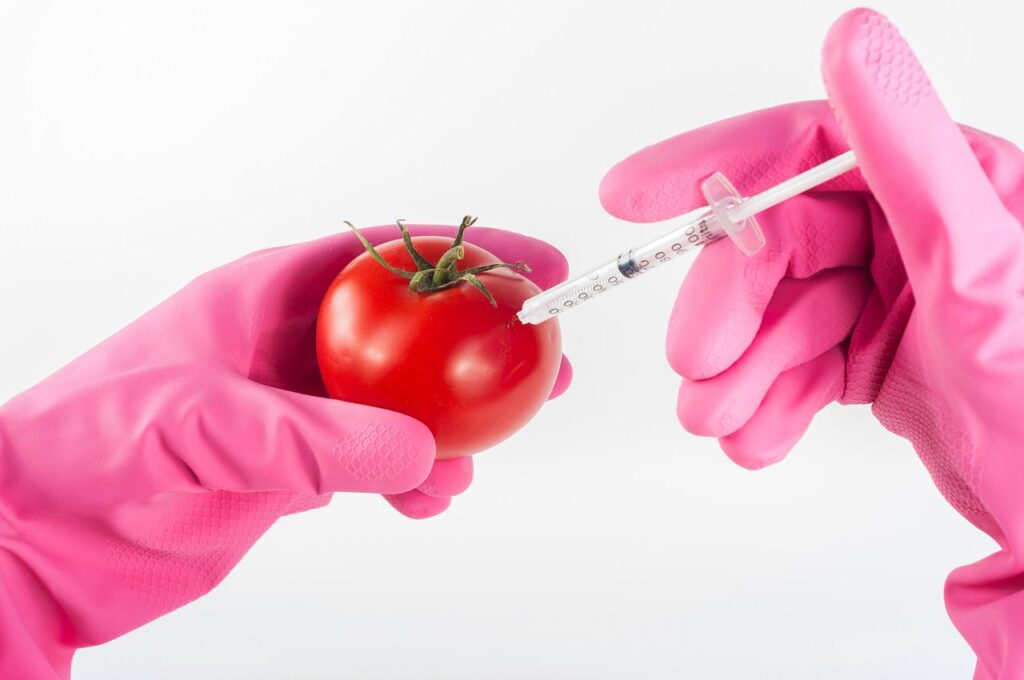Harshvardhan Singh works as a Senior Service Engineer at a mining firm in India. He is currently working into oil analysis field. Has worked in the filed of tribology and lubrication and loves to write about the same.
Targeting Food Texture and Mouthfeel: Food Tribology
Tribology is the science of interacting surfaces in relative motion and of related subjects and practices. Earlier application of tribology was only limited to automotive industry but continuous research into field has opened new areas such as dental science, ocular science, orthopedics, sports and many more, where knowledge of tribology is paramount. A not so well known addition to the tribology field is Food Science.
Application in soft drinks
Let’s discuss a general problem related to soft drinks. Consumers generally prefer regular (sugary) soft drinks over diet (sugar free) soft drinks. Diet drinks are a healthier option than regular drinks but consumers often complain about the taste difference.

Food formulators are continuously working on designing new food products and beverages that are good for health but do not lack in taste. Here we should get introduced to two main terms – food texture and mouthfeel which are of huge interest to food tribologists. Food texture is a very difficult term to define. Two of the highly agreed definitions amongst food researches are from Boume and Szczesniak.
Boume stated that “Primarily the response of the tactile senses to physical stimuli that result from contact between some part of the body and the food. The tactile sense (touch) is the primary method for sensing texture but kinesthetics (sense of movement and position) and sometimes sight (degree of slump. rate of flow), and sound (associated with crisp, crunchy and crackly textures) are also used to evaluate texture”.
Szczesniak defined texture as “Texture is the sensory and functional manifestation of the structural, mechanical and surface properties of foods detected through the senses of vision, hearing touch and kinaesthetic”. Mouthfeel is often explained as ‘the mingled experience deriving from the sensations of the skin in the mouth during and/or after ingestion of a food or beverage. It relates to density, viscosity, surface tension, and other physical properties of the material being sampled’ (Bourne, 2002). Texture is generally associated with solid food products while mouthfeel is related to liquid food products.
Now let’s come back to the problem. Texture and mouthfeel of soft drinks is significantly influenced by the friction characteristics of the tongue against the palate. The lubrication effect of regular, low calorie and diet soft drinks are certainly different. Tests done by researchers of Center for Industrial Rheology [1] on 3 different kinds of Coke: Regular Coke, Diet Coke and Coca Cola Life, can be taken into consideration. For now, our concentration will be on liquid food products.

By further studying the rhelogical properties of these soft drinks such as viscosity, density, pH values lubricant gap between regular soft drink and zero calorie drinks can be reduced.
Application in dairy products
Another example of tribology application can be found in dairy products. Ice-creams, milk bars with higher milk content will have higher lubrication effect and are soft and smooth.

Ice-creams, milk bars with 50 percent milk content will have higher friction coefficient but using tribological and rheological solutions, the friction values can be reduced to products containing 80 percent and 100 percent milk. The research can be further extended to sports drinks and fruit juices. A recent advancement in food tribology is the use of acoustics. Scientists at NIZO [2], have developed a new technique, called “acoustic tribology” that measures the sound generated by food interacting with the tongue during consumption. By applying acoustic tribology we can listen to what the tongue feels.
References:
- “Tribology Testing of Sugar-replaced Soft Drinks – Rheology Lab.” Rheology Lab.
- “Acoustic Tribology.” – NIZO Food Research
- By Andre Vander Wulp, Regional Technical Director, FIS APAC, Cargill. Asia Pacific Food Industry – “Promising Mouthfeel With Tribology.”
- Texture, Chapter 1: Texture, Viscosity and Food, Food Texture and Viscosity: Concept and Measurement By Malcolm Bourne. Google books preview only https://tinyurl.com/yagkdbz7
- Instrumental Texture Analysis Parameters as Markers of Table-Grape and Winegrape Quality: A Review Luca Rolle, René Siret, Susana Río Segade, Chantal Maury, Vincenzo Gerbi, and Frédérique Jourjon. Am. J. Enol. Vitic. 63:1 (2012) http://www.ajevonline.org/content/ajev/63/1/11.full.pdf
- Texture, Espresso Coffee: The Science of Quality, edited by Andrea Illy, Rinantonio Viani. Google books preview only https://tinyurl.com/yb3rojxb
- All images are used from google images “can be reused with modification” category.








